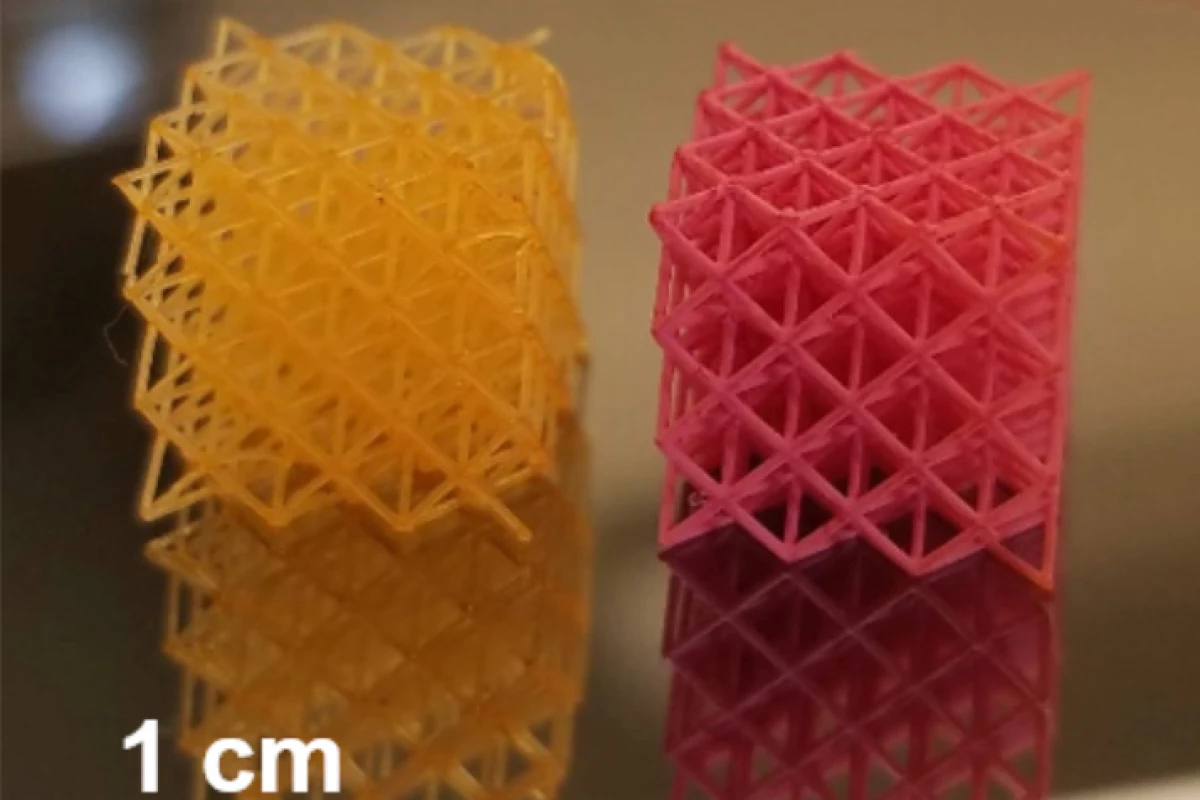3D printing may indeed allow for the creation of intricate objects, but what happens if you want to apply paint – or some type of functional coating – to all of those nooks and crannies? Well, a newly-adapted technology should let you do so easily, with a minimum of waste.
Led by Asst. Prof. Jonathan P. Singer, scientists at New Jersey's Rutgers University recently conducted experiments utilizing an existing process known as electrospray deposition. In a nutshell, it involves applying high voltage to a fluid flowing through a nozzle, thus atomizing that fluid into a plume of charged microdroplets that stick to nearby surfaces – the droplets even reach surfaces that are out of direct line-of-sight of the nozzle.
Previously, the technique has been utilized in applications such as applying vaccine-loaded coatings to medications, or adding light-absorbing layers to solar cells. In the Rutgers study, however, it was used to apply polymer films to complex 3D-printed objects that were made of a variety of materials.
In fact, a coating was even applied to a soft-bodied lattice-like hydrogel structure. When that object swelled and shrank as it absorbed and released water, the coating remained intact. In all cases, just a small amount of fluid was required in order to thoroughly coat each object.
The researchers are now developing an accessory that could be added to existing 3D printers, which would allow them to apply coatings to items via electrospray deposition. They are also working on paints that not only look nice, but that are also capable of functions such as sensing their environment.
Because the technique makes such efficient use of the source fluid, it could additionally be utilized to apply coatings containing costly elements such as nanoparticles or bioactive compounds, which would be too expensive if used in larger amounts.
A paper on the research was recently published in the journal ACS Applied Materials & Interfaces.
Source: Rutgers University




